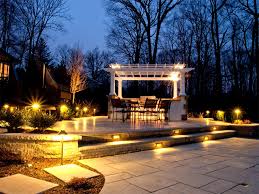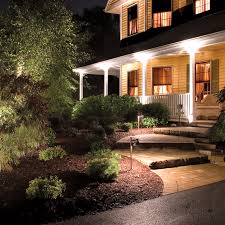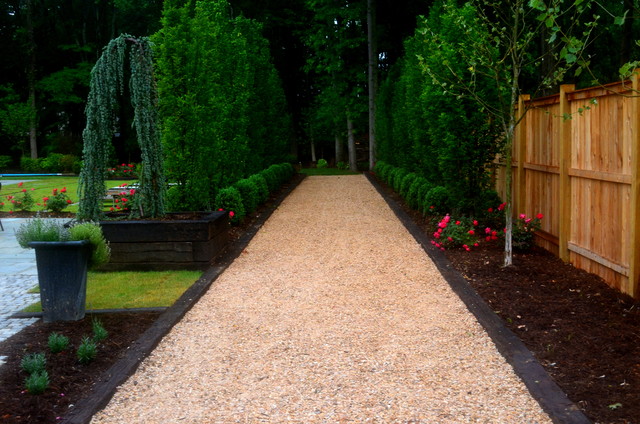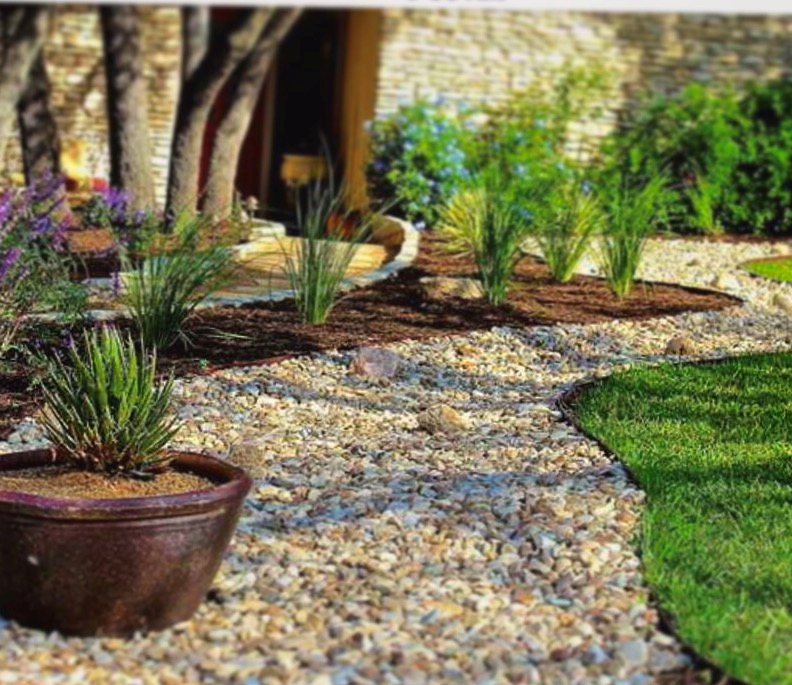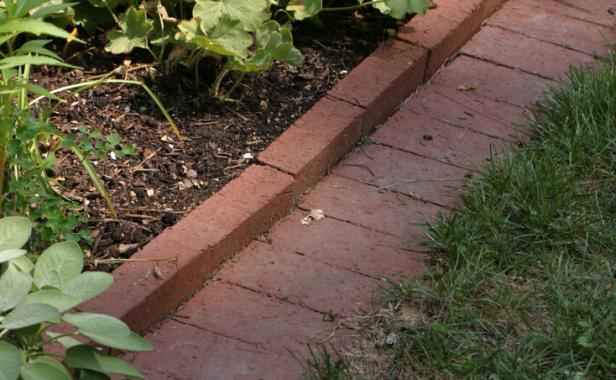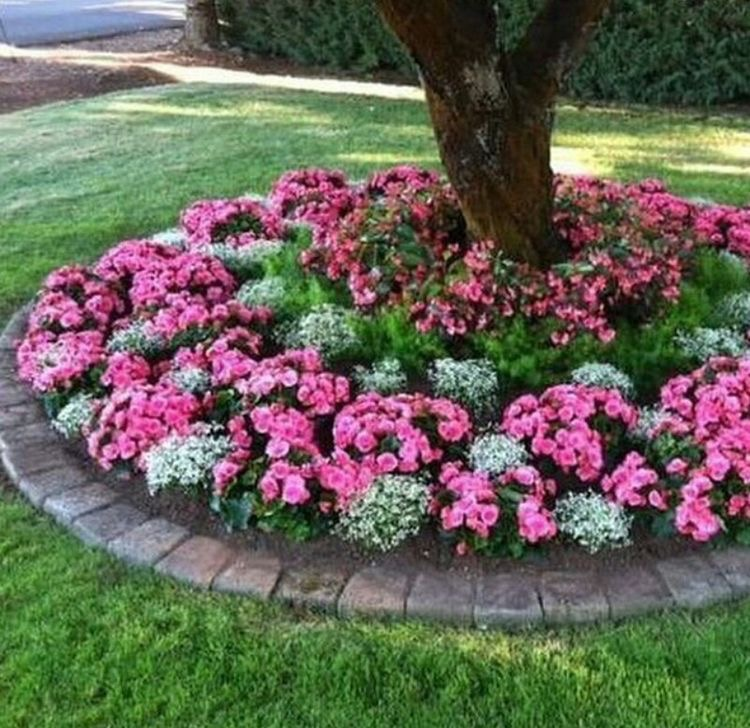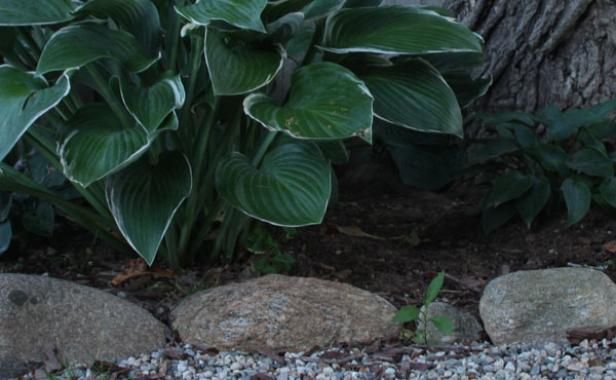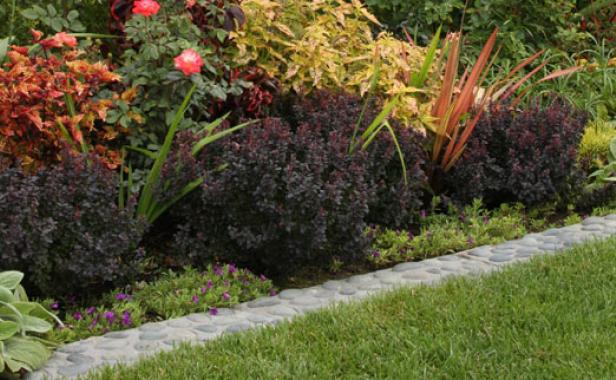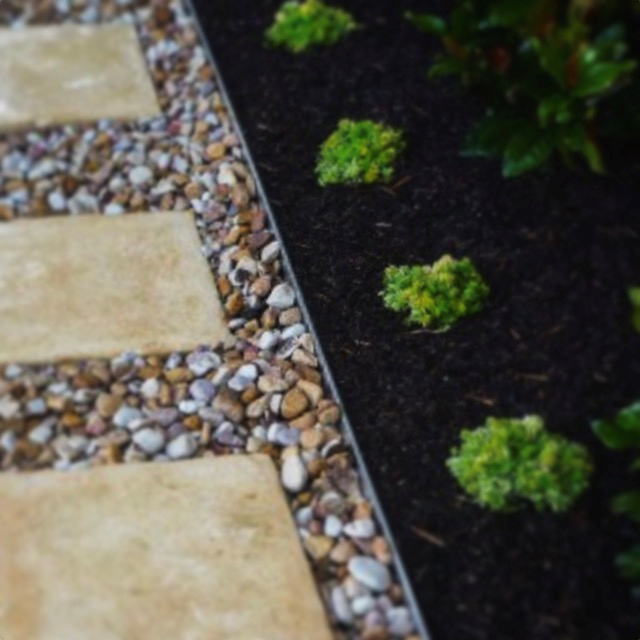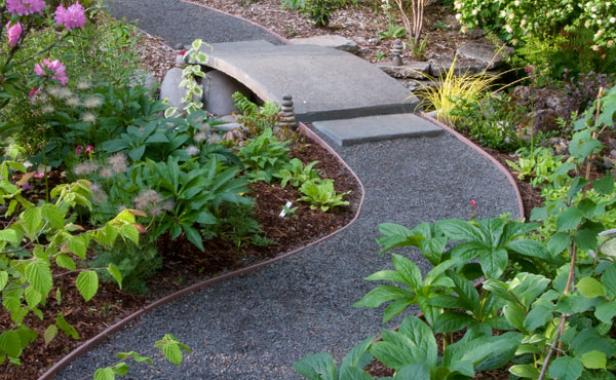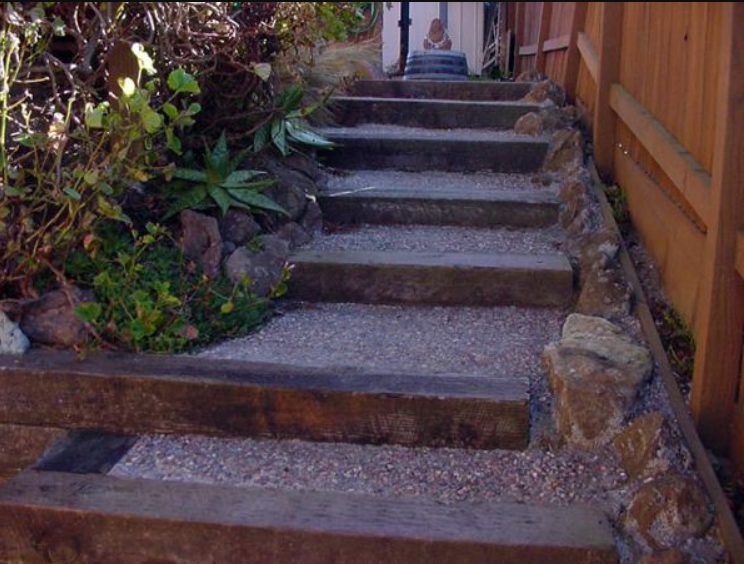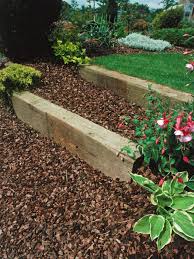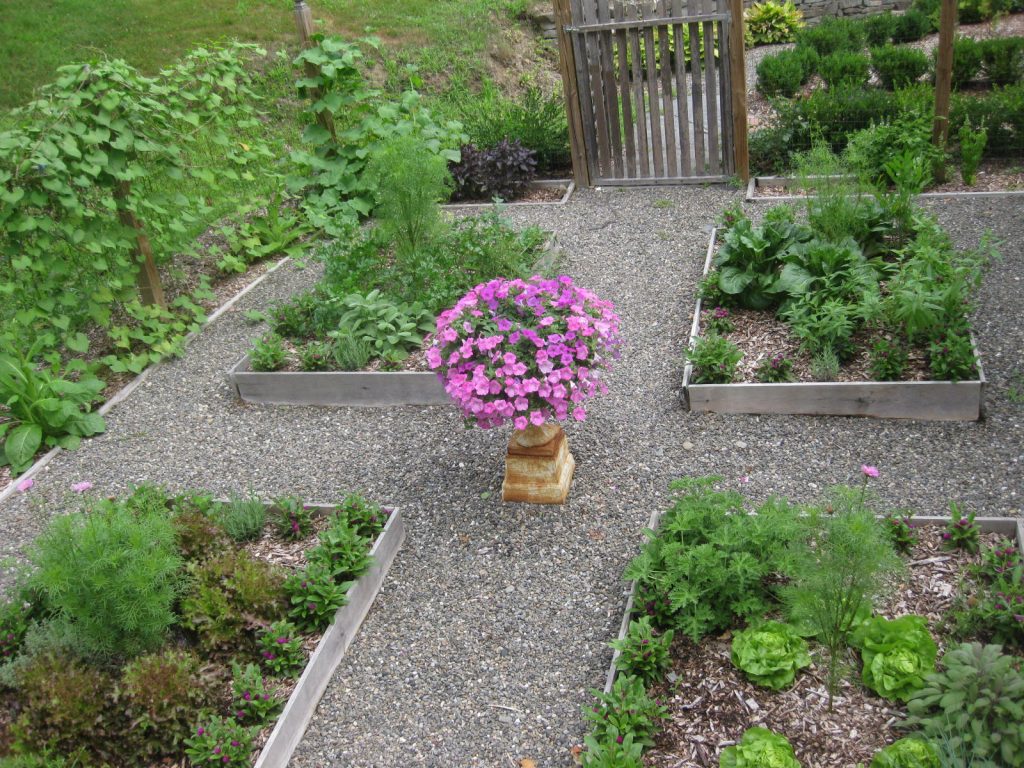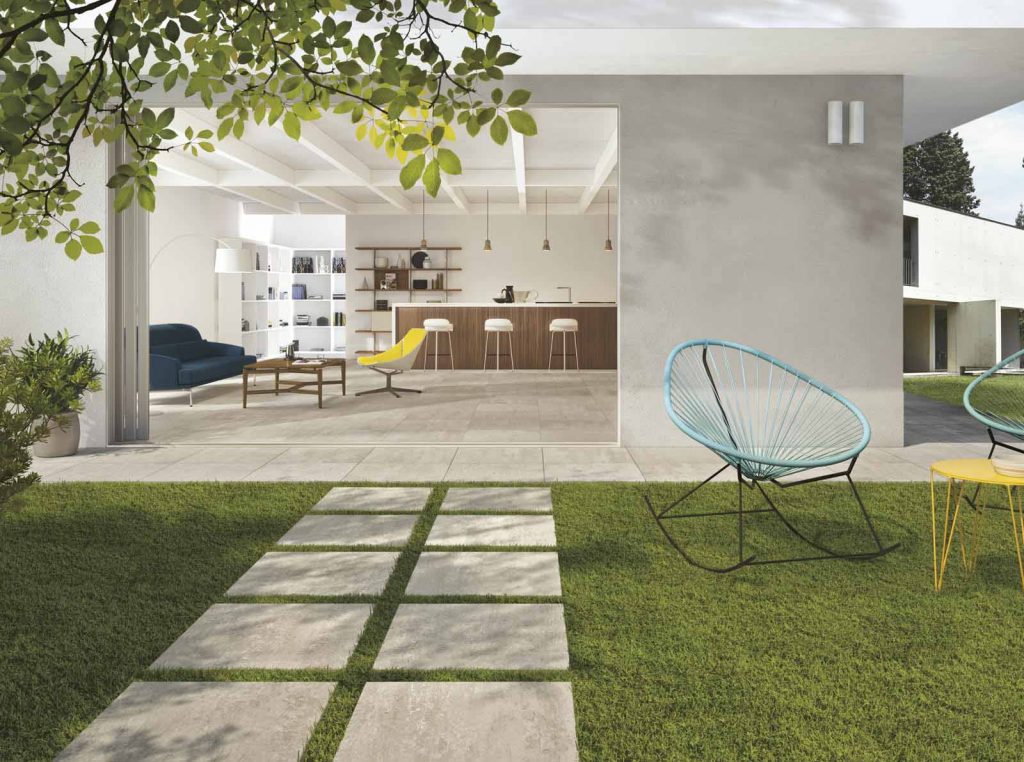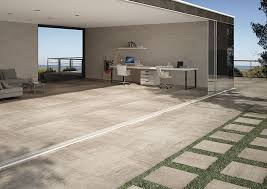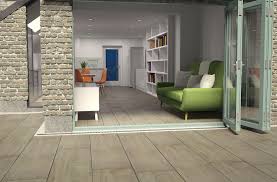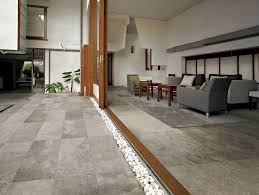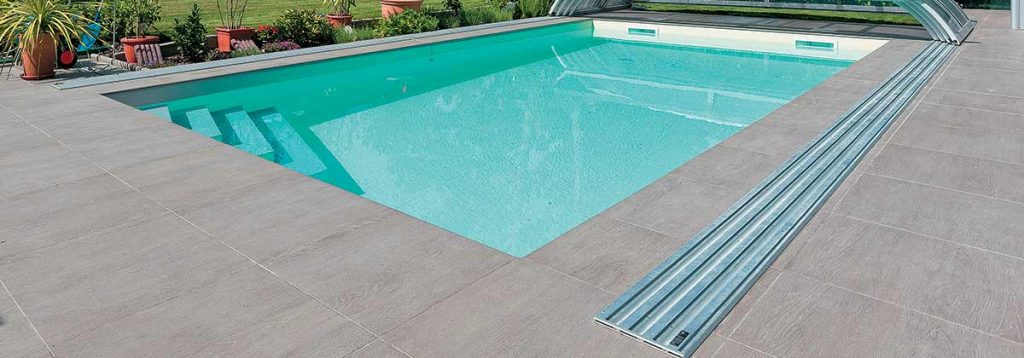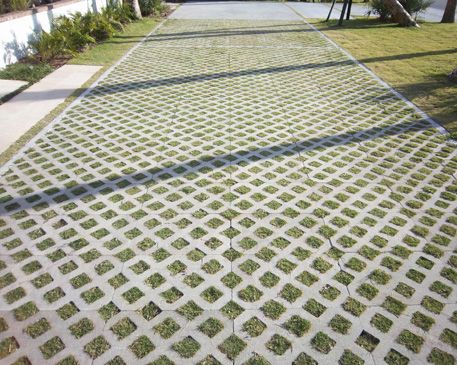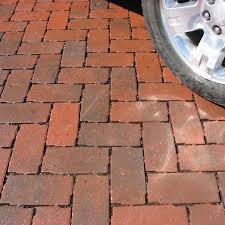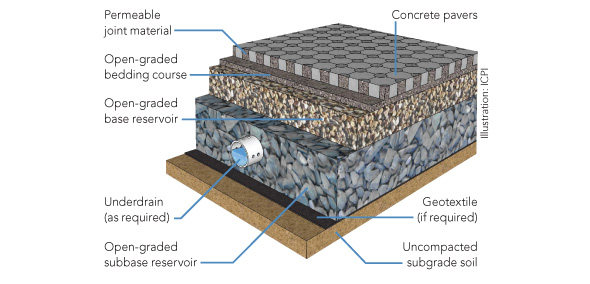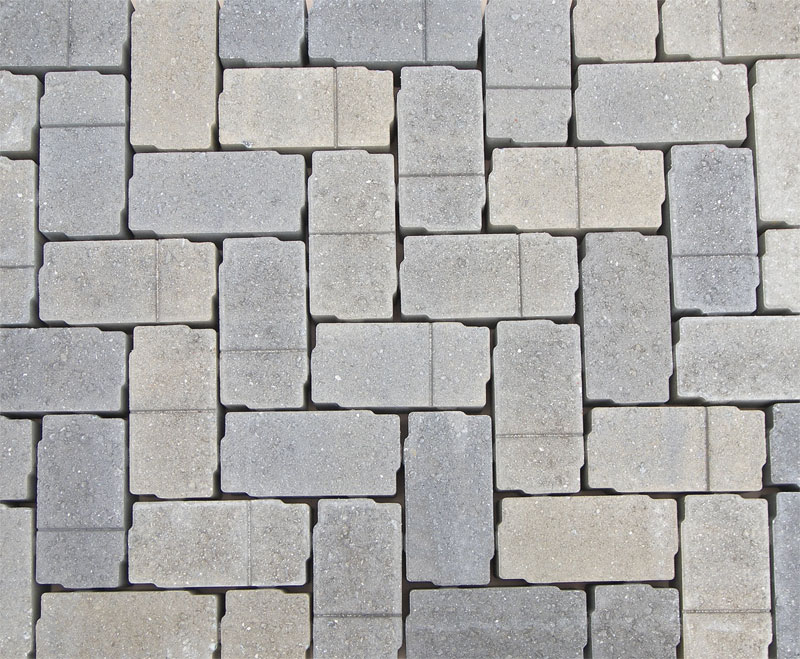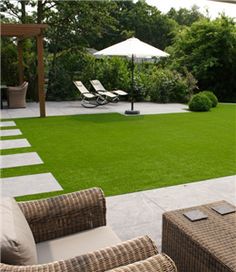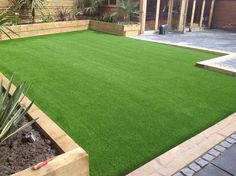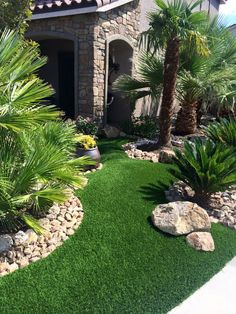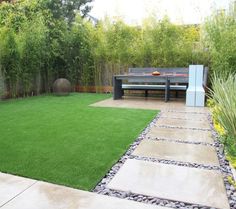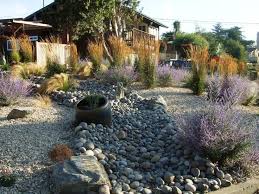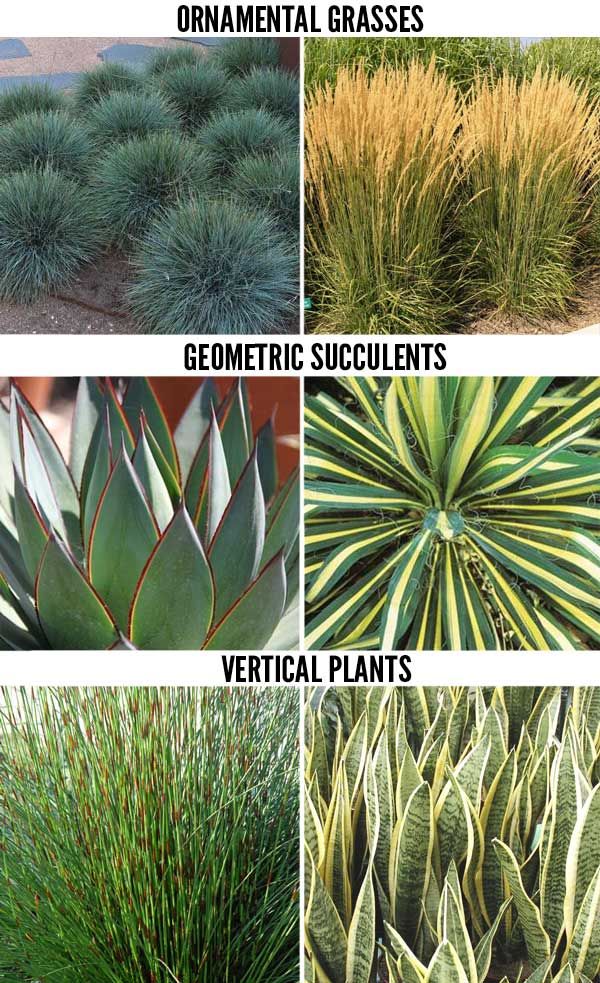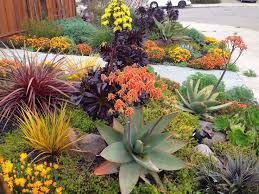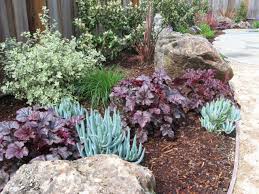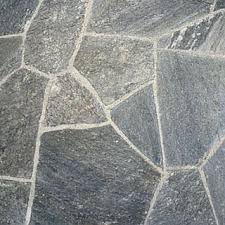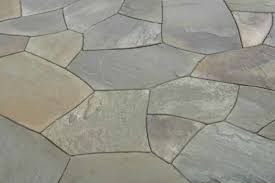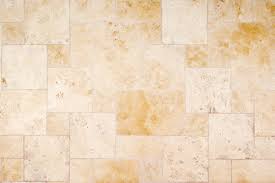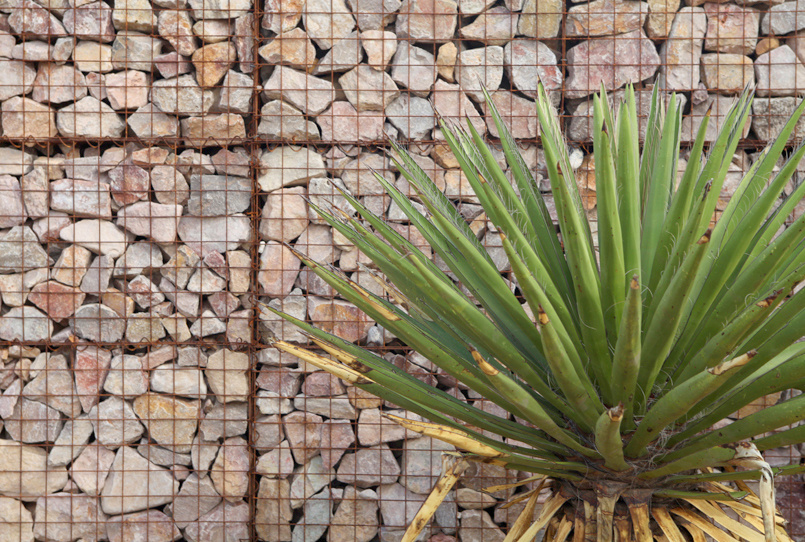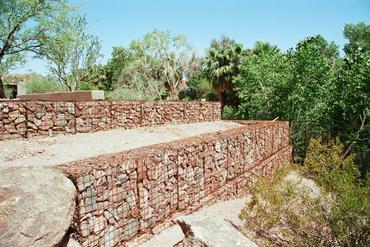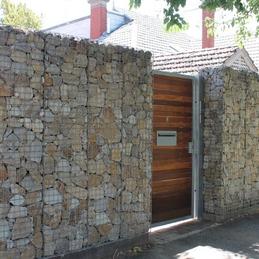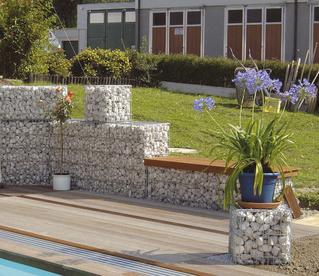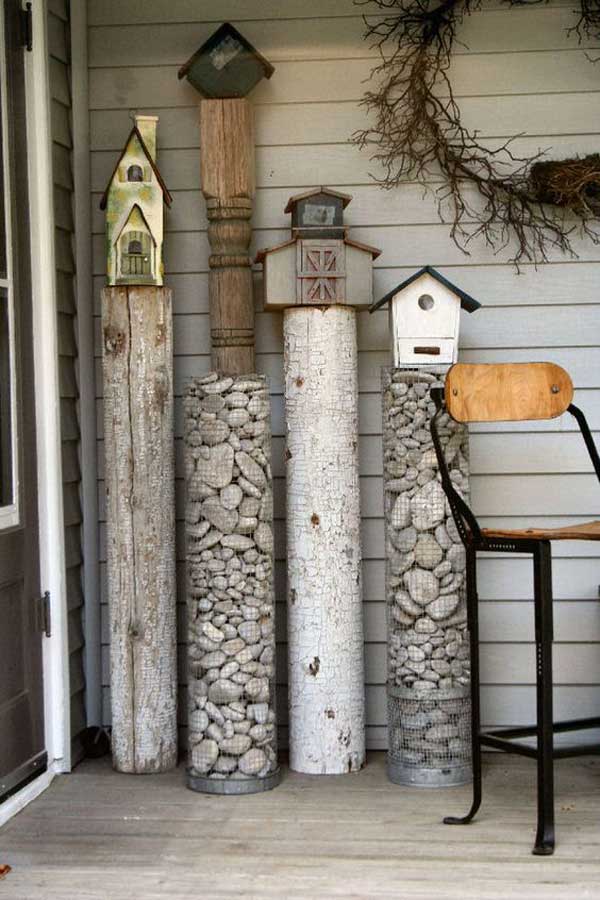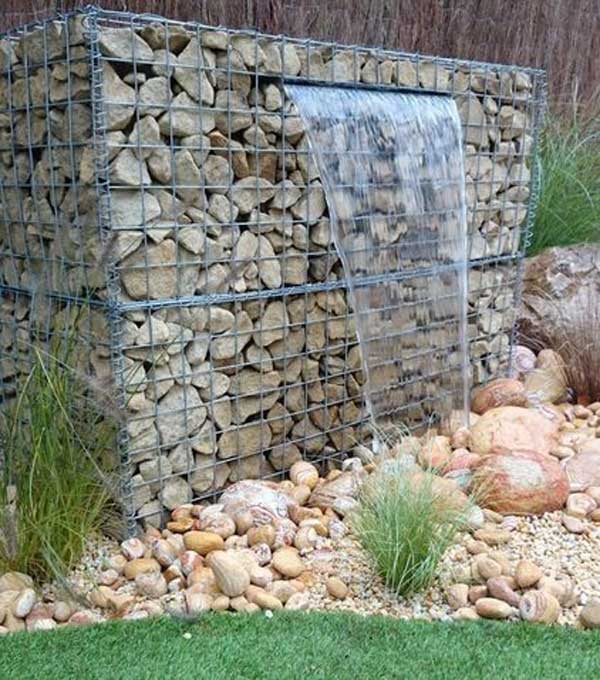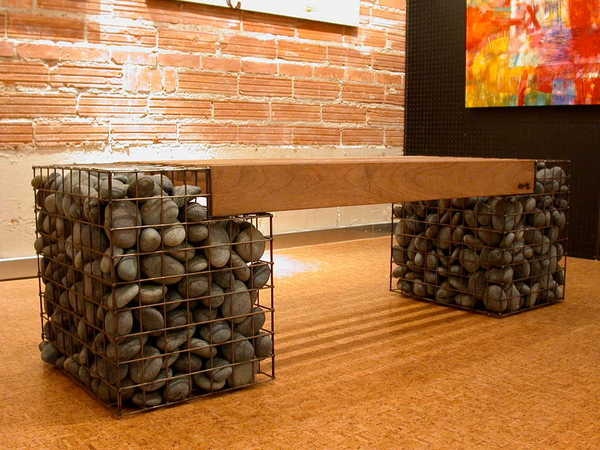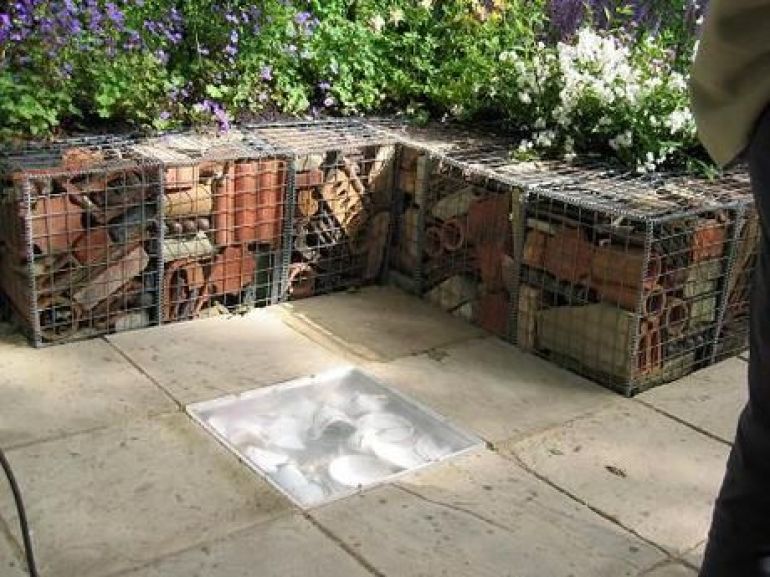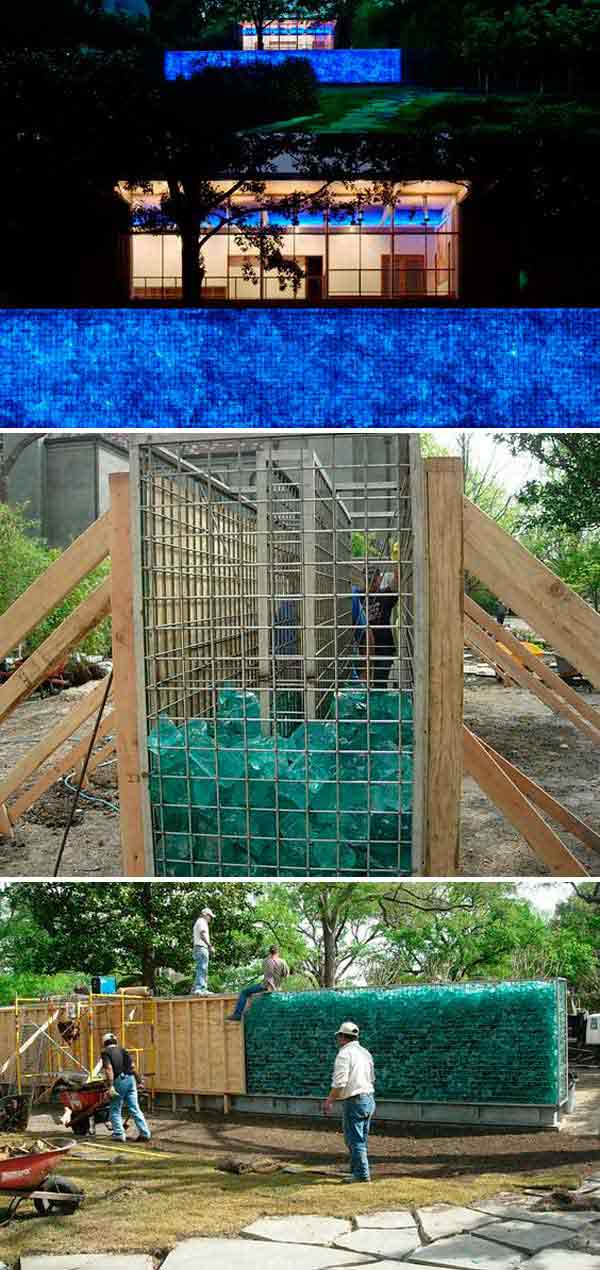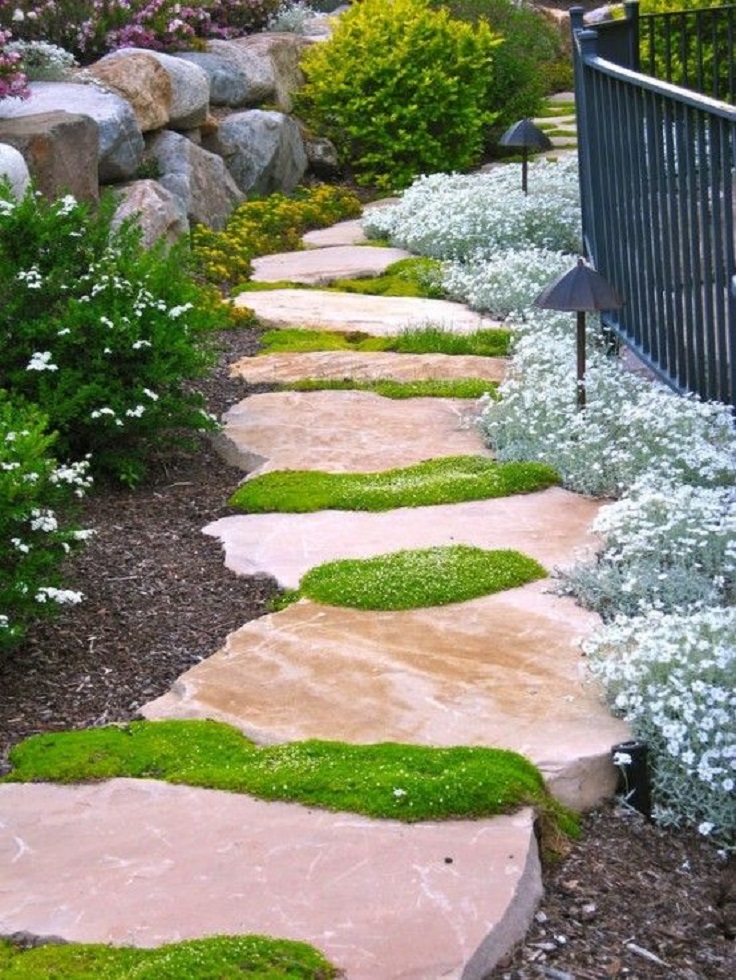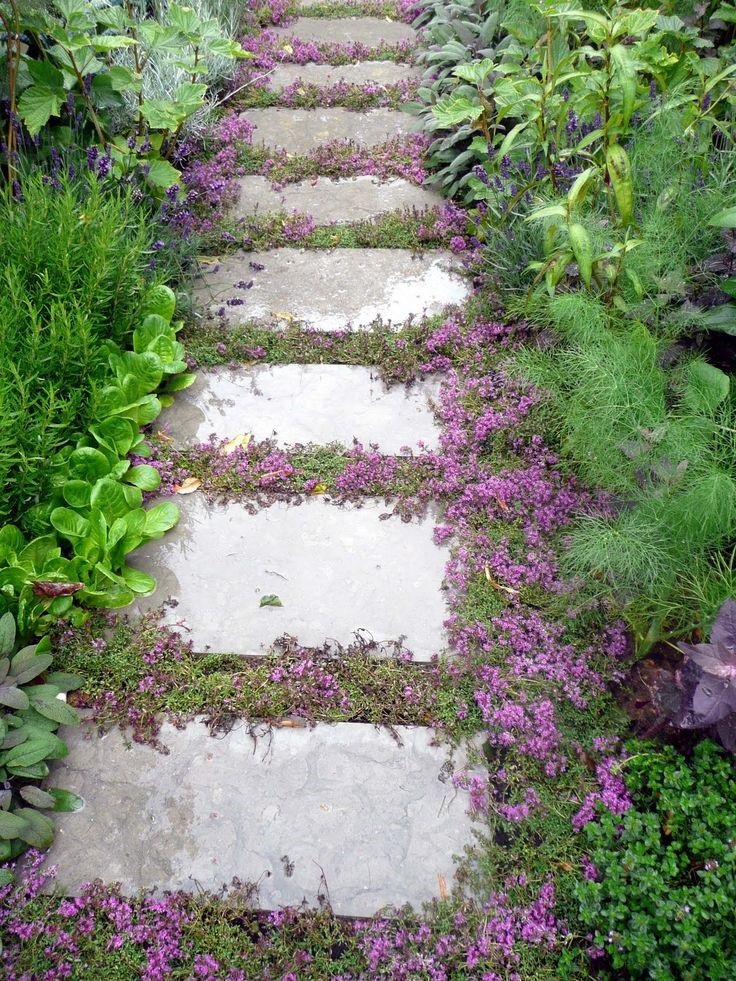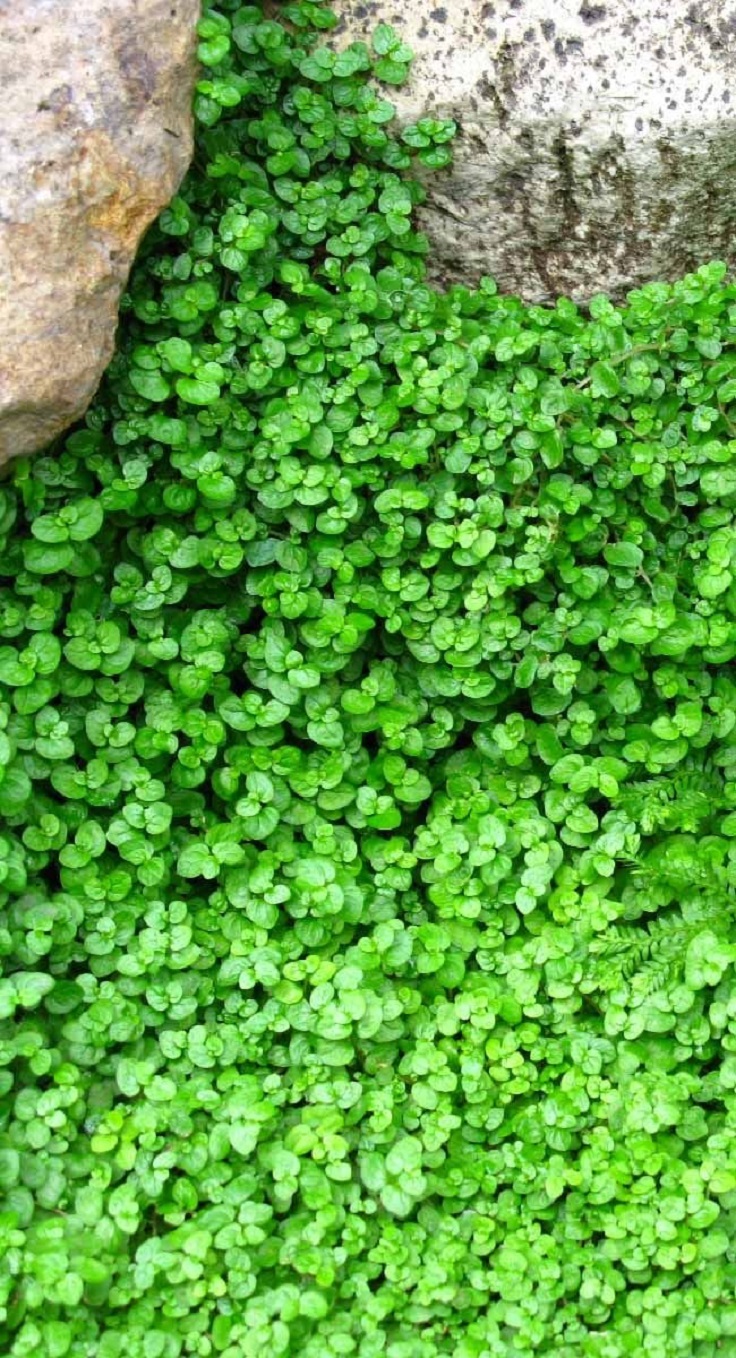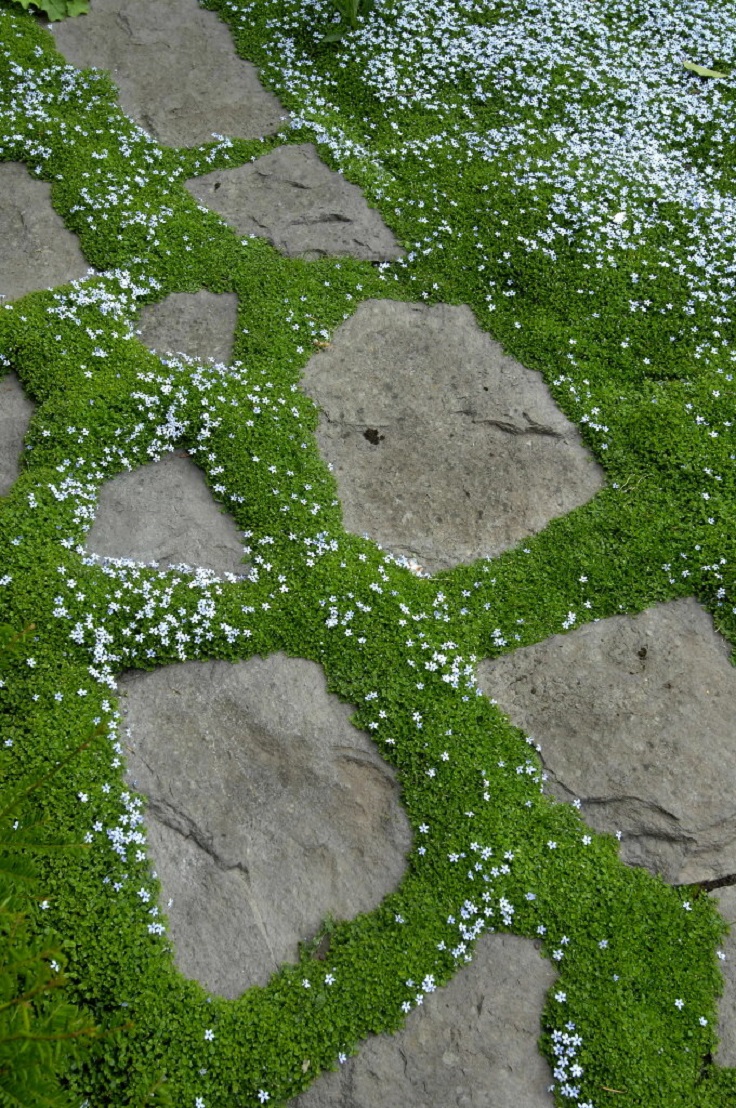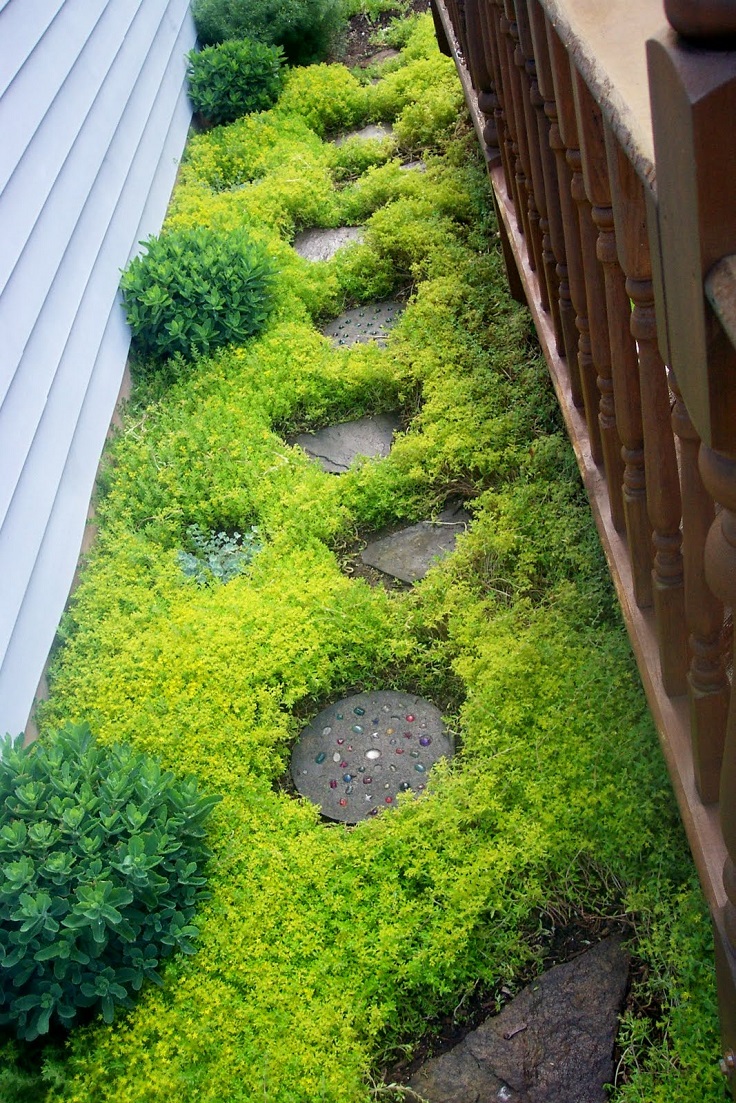By Jordan Swift of Innovative Building Materials

The condition and features of backyards are becoming more important to success in the residential real estate market. Homeowners are always looking for ways to increase the value and appearance before they put their house up for sale. The right backyard remolding ideas that will attract buyers can make the home selling process easier and more profitable.
It takes more than mowing the lawn and trimming the hedges to attract the right kind of buyers to your home. Critical attention will be made to all aspects of the home, with the exterior areas the most visible and providing the first impression of the house. Upgrades to the systems and structures of your back yard can go a long way in increasing the overall valuation of your home. Remodeling and renovation projects will add character and functionality to show prospective buyers the full value of the home.
Deck Building
Installing or remodeling a hardwood deck will improve the look of the entire property and offer an impressive selling point to attract potential buyers. A deck provides a spacious and versatile entertaining place for family and friends, or simply a nice place to enjoy some quiet time along outdoors without having to stray from your home. Including ample seating areas with benches, tables and chairs, and lounge chairs fills out space and provide natural gathering spaces. Fire pits and spas are luxury features that will only add to the attractiveness and value of the home.
Drainage Improvements
Ineffective or poorly maintained drainage systems can lead to standing water, leaking, and long-term damage to the structural integrity of the home. There are several ways to make drainage improvements that will attract potential buyers when it comes time to put your home on the market.
Drainage systems that prevent water from flowing downhill can result in serious damage with costly consequences. Remodeling or upgrading structure and landscape drainage on your property will increase the value of the home.
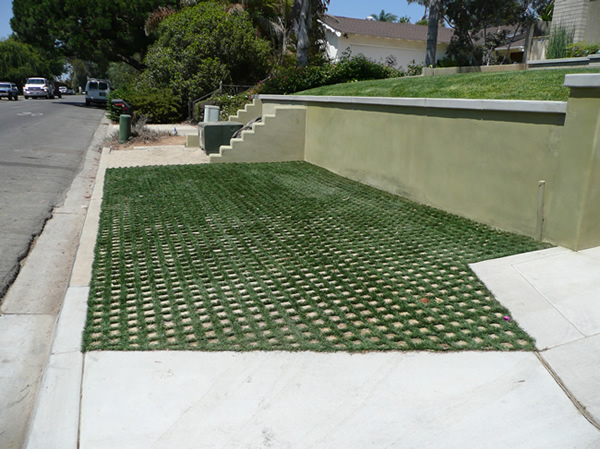
Installing porous, permeable pavement materials for patio and walkway areas is an eco-friendly option that improves the water drainage process in your backyard.
Adding Shade
If people are going to be spending a lot of time in the backyard, ample shade will be needed to maximize their comfort level throughout the day. Areas that protected from sunlight and weather elements can be achieved in different ways.
The planting of trees in your backyard adds character and style to go along with the shade they provide. Older trees will offer more shade and do more to increase the value of your home, but new trees are also a great selling point to help potential homebuyers see the future of living in the home.
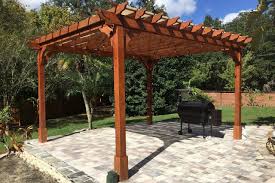
Installing a pergola or porch ceiling will be like adding another room to the house, adding protection from the elements, shade, and overall resale value to the home.
Exterior Lighting
Advances in technology have made it easier than ever to install an impressive exterior lighting scheme with a wide range of operational options. Customize colors, styles, designs, and automated features to light up your backyard seating area, walkways, and lawns to set the mood and offer added security after dark.
The emergence of money and energy-saving LED technology makes lighting your backyard a cost-efficient option to attract potential home buyers to your property for sale.
Outdoor Kitchen

Installing a fully functional outdoor kitchen, complete with refrigeration, an oven and stovetop, and food preparation counter space provides everything you need to throw great outdoor parties and meals. Outdoor kitchens are impressive showpieces for prospective buyers and offer a great return on the investment.
Any experienced real estate agent will say that home renovation or remodeling projects can have a significant impact on the overall value of your home when it comes time to sell. Even if you are planning on staying in your home for many years to come, improvements made now, like planting some trees, for example, will be beneficial to the selling process down the line.
Jordan Swift is a contributor to Innovative Building Materials. He is a blogger and a content writer for the building materials industry with an interest in landscaping and outdoor remodeling. Jordan is focused on educating homeowners, contractors, and architects on innovative materials and methods of construction that increase property value, improve sustainability, and create a warm and welcoming ambiance.


